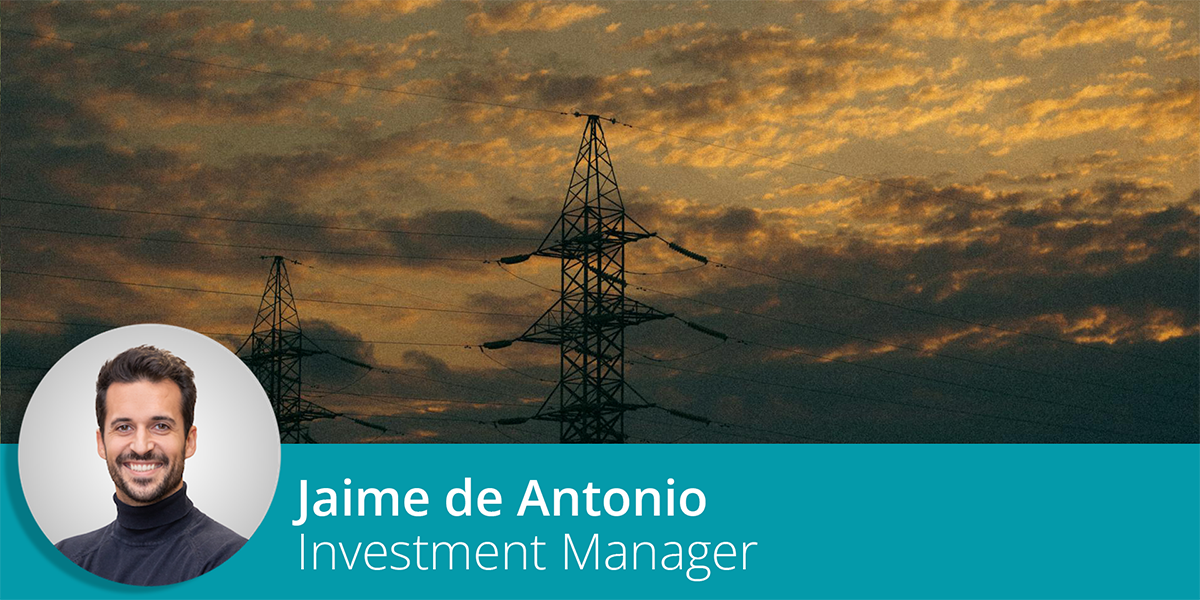
It started suddenly. Then, darkness. At first, I thought it might be a local glitch. But within minutes, it was clear, this was bigger. All of Spain was affected. Even parts of Portugal and southern France felt the ripple. Screens went blank. Streets filled with confused people. Traffic lights failed. Phones didn’t work. I remember walking through the city in eerie silence. No signal, no updates. Just disconnection.
In moments like that, speculation spreads fast: terrorist attacks, cyber warfare, conspiracy theories. But the truth was simpler, and perhaps more alarming: it was a systemic failure. A reminder that even modern energy systems are deeply vulnerable.
What exactly happened?
Although investigations are ongoing, we now know a cascade of failures across the European grid triggered the blackout. This wasn’t a one-off fault, it was a chain reaction that overwhelmed the system’s self-regulating ability.
According to early analyses, the April 28 blackout appears to have resulted from a swift and complex sequence: two consecutive faults, a disconnection from the European grid in less than five seconds, and a sudden loss of up to 15 GW of generation, more than 50% of the demand at that moment. Frequency dropped below 49.5 Hz, triggering automatic protections that isolated the Iberian Peninsula.
Despite the magnitude, Red Eléctrica and other operators acted swiftly, restoring power to 99.95% of users in under 12 hours. Trained professionals tightly managed key system parameters like firmness, reserves, and inertia.
It’s not the first time this kind of disruption has occurred:
- 8 January 2021: A disturbance split the European grid in two, temporarily cutting power to millions.
- 4 November 2006: A mismanaged outage in Germany triggered a cascading failure across several countries.
- 28 September 2003: A single line contacting a tree sparked overloads, leaving 50 million people in Italy and Switzerland without power.
The lesson? Our energy system is interconnected, complex, and fragile. When one part fails, the impact ripples quickly.

Is renewable energy to blame?
Whenever the lights go out, some are quick to point fingers at renewables. “The sun doesn’t always shine,” they say. “The wind doesn’t always blow.”
Yes, renewables are variable. But thanks to modern technology (storage, smart grids, predictive algorithms), we can manage that variability.
More importantly, most major blackouts have occurred in systems dominated by fossil fuels. The real issue is this: our legacy energy infrastructure wasn’t built for today’s needs. It’s rigid, centralised, and built for one-way flow. Today, we’re shifting toward a decentralised, flexible, digital energy model. The challenge isn’t renewables themselves. It’s building the infrastructure that allows them to thrive.
As Professor Keith Bell from the UK’s Institution of Engineering and Technology noted: “Events of this scale have happened in many power systems, fossil fuel, nuclear, hydro, or variable renewables. It’s not about where the energy comes from. It’s about whether the system is engineered for resilience.”
Blaming renewables not only misses the point, it delays the real work. And the work is urgent.
What this blackout teaches us as a climate tech ecosystem
As paradoxical as it may sound, crises like this can be positive turning points if we know how to read them. The blackout on 28 April wasn’t just a technical error. It was a signal.
At Ship2B Ventures, we see three urgent priorities for the Climate Tech ecosystem:
- 1. Energy is a system, not a silo.
Resilience depends on the interplay between generation, storage, distribution, and demand. That means integrated solutions, from grid software and data interoperability to hardware and behavioral demand tools.
- 2. Data visibility is the new backbone.
Real-time transparency was lacking. We need robust diagnostics and forecasting tools, especially at the grid edge. Like we track fleets or finances, we must now track energy with precision.
- 3. Resilience must be designed in.
We must anticipate failure and design for recovery. That takes both innovation and intentional planning.
We also need to focus on technologies that strengthen system firmness and flexibility, such as:
- Long-duration energy storage (e.g., iron-air batteries for >100 hours)
- High-temperature thermal storage (molten salt, refractory bricks)
- Fast-response lithium-ion batteries
- Advanced demand-side management tools
And solutions that provide clean and structural inertia:
- Grid-forming converters
- Synchronous condensers
- Frequency-responsive batteries offering synthetic inertia
Lastly, let’s not forget the ongoing role of synchronous generation, hydro, nuclear, and potentially repurposed gas plants as essential anchors of grid stability.
The role of impact capital: investing where it matters most
The challenge is vast. But so is the opportunity. We need to accelerate the journey from lab to market for startups building tomorrow’s energy infrastructure. At Ship2B Ventures, we believe impact capital must flow where it creates the greatest value: toward solving systemic problems with purpose-driven innovation.
That means supporting:
- Utility-scale and distributed solar PV, a top Drawdown solution for rapid decarbonisation
- Wind energy, particularly offshore wind, for consistent large-scale renewable generation
- Grid-scale energy storage, including emerging long-duration formats like flow batteries
- Advanced transmission solutions to reduce grid losses and integrate renewables more efficiently
- Smart inverters and grid-forming converters to stabilise decentralised energy systems
- Software platforms for energy load balancing and predictive maintenance
- Distributed energy platforms for underserved communities
- Edge-computing systems that anticipate grid failures
The energy transition needs speed, but also direction. Impact capital helps ensure we don’t just move fast, but move wisely.
The blackout was a wake-up call, but it was also an invitation to act, to collaborate, and to build the resilient, intelligent, decentralised energy future we all need.

